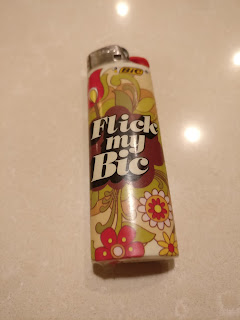For my reverse engineered object I had first chosen a lighter though after realizing I could not take it apart without destroying it I chose to the "Bic" lighter, a commonplace lighter sold around the world.
 |
| (Flick my Bic? that just sounds wrong) |
 |
| (The Bic Dissembled) |
 |
| Oval shape for the lighter |
 |
| The Lighter body curve extruded and caped |
 |
| overlapping and oval with and oval trim to the shape of the red plastic lighter gas button and metal flame housing |
 |
| Post triming |
 | ||
Once curveextruded we have the two approximattive shapes
|
 |
| extruded cylinder for the easy to model flint |
 |
| flint capped and shaded |
 |
| gas nosel approxamitive shape |
 |
| Spark wheel: a circle and 60 pointed star |
 |
| Curve extruded rigged parts and center cylinder |
 |
| caped spark wheel |
 |
| Everything modeled so far |
All in all I have done approximate shapes of all the components of this reverse engineered Bic lighter, time to star taking measurements with the digital caliper to make everything to the proper scale and refine the forms and assemble them together.

Great job julian! learning a lot from your post
ReplyDelete